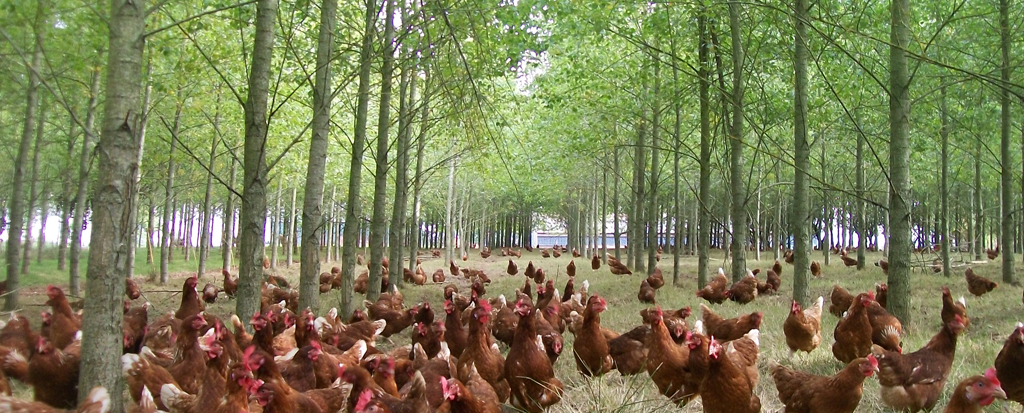The Bristol Pecking Project
The Bristol Pecking Project was a 4 year project from 2008-2012 funded by the Tubney Trust. It was a knowledge transfer study that investigated the protective effects of implementing evidence-based on-farm management strategies designed to reduce injurious pecking in non-cage laying hens.
A brief overview of the project
Risk factors for injurious pecking and solutions to those risks were identified in the scientific literature. After a systematic review and discussion with stakeholders, 46 suitable and potentially protective management strategies were selected to be trialled in commercial systems. Bespoke management packages were designed for 53 treatment flocks using these management strategies. Plumage damage was scored and observations of gentle and severe feather pecking, vent and cannibalistic pecking were performed on the treatment flocks and on 47 control flocks where no management advice was given. Effects on health and performance were also monitored.
Overall the treatment flocks employed more management strategies, had lower rates of severe feather pecking and had lower plumage damage. Importantly, regardless of the treatment or control flock status the more of the 46 management strategies employed resulted in lower plumage damage, lower rates of gentle and severe feather pecking, lower mortality at 40 weeks and lower likelihood of vent pecking.
Therefore, the provision of a bespoke management package was protective against the majority of forms of IP in commercial laying hen flocks.

Increasing natural shelter on the range, improved range use and reduced the risk of injurious pecking
For more information about the results of the project please see the following;
Publications and poster abstracts
Where are we now? - FeatherWel®
This information has been used to produce a 22 page advice guide describing how to use the management strategies available to reduce the risk of injurious pecking occurring in non-cage laying hen flocks during both rear and lay. This advice under the name of FeatherWel® has been widely circulated throughout the industry and is available on the FeatherWel website
The website also contains further examples of good practice, explanations of the causes of injurious pecking and how to feather score a flock. It includes a news and events section where the latest poultry welfare news, events and talks can be found.

Farms which implemented more management strategies had lower plumage damage
The impact of injurious pecking is currently controlled to some degree by infra-red beak tipping chicks at a day old, but this does not prevent the behaviour from occurring and the practice is regarded by some as an unnecessary mutilation which has the potential to cause pain. The UK government considered implementing a ban on beak trimming from 2016. There was a review of evidence in 2015 to decide whether or not to implement the ban in 2016 or to defer the date. To inform the debate, Defra commissioned the University of Bristol to undertake a 3 year project (from 2012-2015) to trial the efficacy of the management strategies in reducing the risk of injurious pecking in 20 intact beak flocks ranging in size from 2,000 to 16,000 birds.
For more information please contact;
- Sarah Lambton 0117 331 9324 sarah.lambton@bristol.ac.uk
